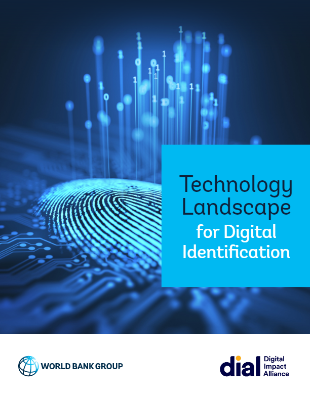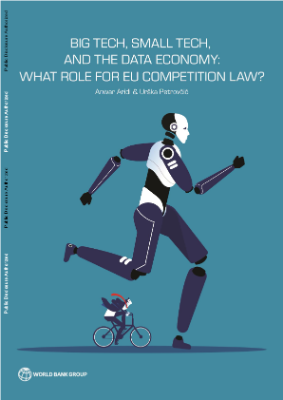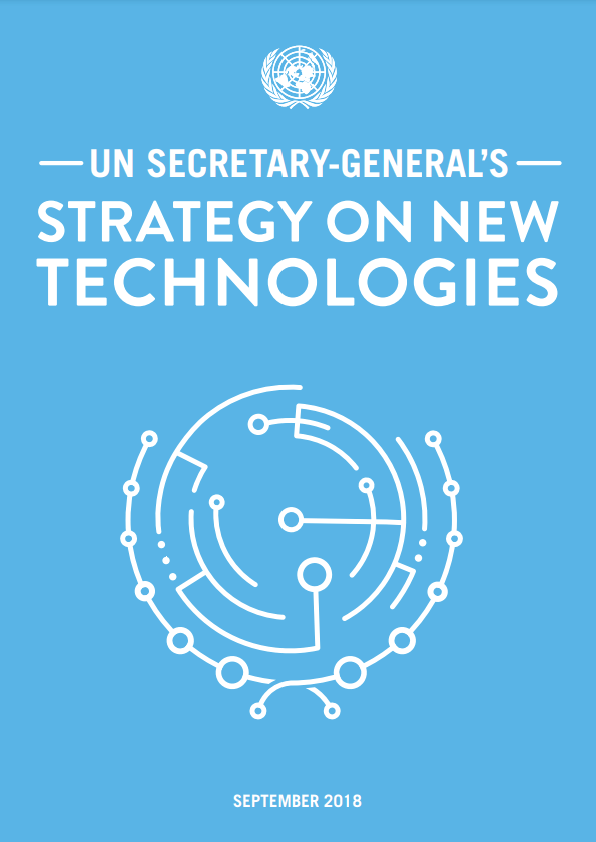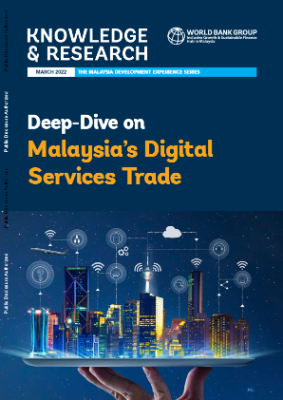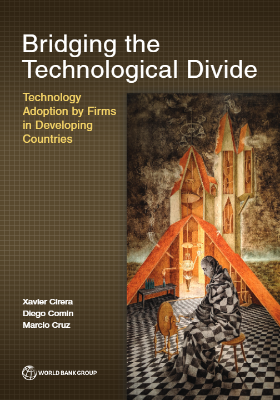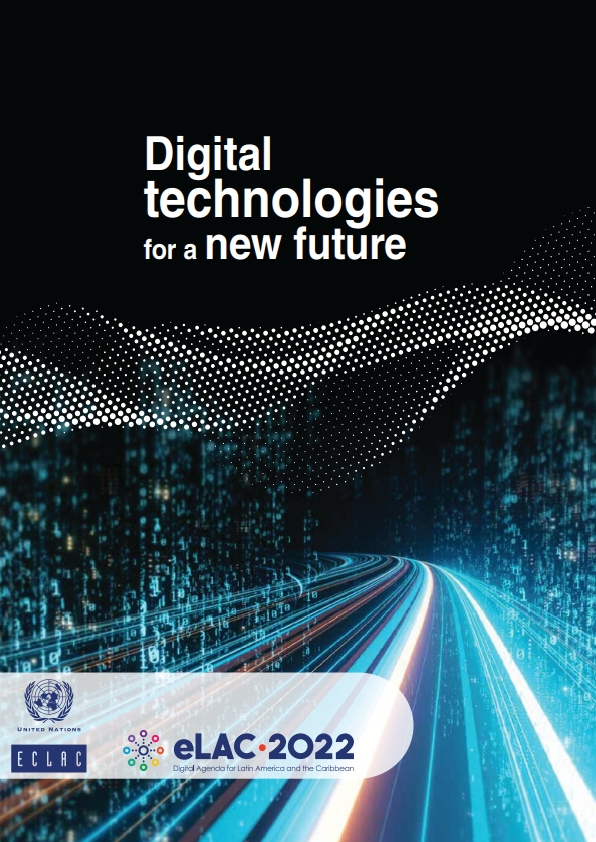Robust, inclusive, and responsible identification systems can increase access to finance, healthcare, education, and other critical services and benefits. Identification systems are also key to improving efficiency and enabling innovation for public- and private-sector services, such as greater efficiency in the delivery of social safety nets and facilitating the development of digital economies. However, the World Bank estimates that more than 1.1 billion individuals do not have official proof of their identity.10 New technologies provide countries with the opportunity to leapfrog paper-based systems and rapidly establish a robust identification infrastructure. As a result, the countries are increasingly adopting nationwide digital identification (ID) programs and leveraging them in other sectors.
Whether a country is enhancing existing ID systems or implementing new systems from the ground up, technology choices are critical to the success of digital identification systems. A number of new technologies are emerging to enable various aspects of ID lifecycle. For some of these technologies, no large-scale studies have been done; for others, current speculation makes objective evaluations difficult.
This report is a first attempt to develop a comprehensive overview of the current technology landscape for digital identification. It is intended to serve as a framework for understanding the myriad options and considerations of technology in this rapidly advancing agenda and in no way is intended to provide advice on specific technologies, particularly given there are a number of other considerations and country contexts which need to be considered. This report also does not advocate the use of a certain technology from a particular vendor for any particular application.
While some technologies are relatively easy to use and affordable, others are costly or so complex that using them on a large scale presents daunting challenges. This report provides practitioners with an overview of various technologies and advancements that are especially relevant for digital identification systems. It highlights key benefits and challenges associated with each technology. It also provides a framework for assessing each technology on multiple criteria, including length of time it has been in use, its ease of integration with legacy and future systems, and its interoperability with other technologies.
The practitioners and stakeholders who read this are reminded to bear in mind that the technologies associated with ID systems are rapidly evolving, and that this report, prepared in early 2018, is a snapshot in time. Therefore, technology limitations and challenges highlighted in this report today may not be applicable in the years to come.
The report comprises the following sections:
- Section 1: Introduction. The Introduction sets the context and outlines the technology challenges that practitioners and stakeholders may have to address while evaluating or implementing digital ID systems. The list of challenges is not exhaustive but addresses insights gained from the implementation of digital ID systems in different countries around the world. The list of challenges has also been framed in the context of developing countries that often have rapidly growing populations and limited budgets for identification systems.
- Section 2: Understanding the Identity Lifecycle. This section groups the identity process into its main steps and briefly explains the sub-processes in each step. It also provides the framing for a discussion of how the different technologies can enable different stages of the identification lifecycle.
- Section 3: Introducing the Technology Assessment Framework. This section details the parameters used to evaluate the technologies, including maturity, performance, scalability, adoption, security, and affordability. Each parameter has multiple sub-parameters, and these are rated on a 3-point scale of high, medium, or low. The section also lists the technologies evaluated using this framework and the identity lifecycle steps they can enable or affect.
- Sections 4 through 6: These provide an overview of each technology examined through the assessment framework and highlight challenges that the technology could solve, challenges it does not solve, and any new challenges that its adoption could present. Through these analyses, practitioners can better understand the key considerations involved in choosing digital ID technologies.
- Section 7: Other Considerations. This concluding section describes some important considerations that practitioners should keep in mind while making technology choices.
The main focus of the report is to assess technologies related to the digital ID lifecycle. However, this in no way infers that technology is the only or the most critical consideration for practitioners seeking to maximize the benefits of identification systems while mitigating the risks. The “Principles on Identification for Sustainable Development: Toward the Digital Age” highlight a range of critical considerations.12 These Principles have been endorsed by more than 20 organizations and are briefly listed below for the benefit of readers.
